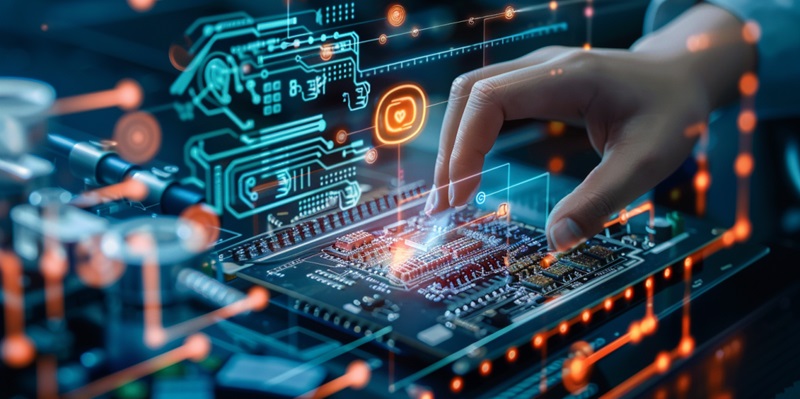As digital transformation accelerates, the intersection of Information Technology (IT) and Operational Technology (OT) is increasingly becoming a primary target for cyber threats. Systems that manage critical services such as electricity, water, transportation, and healthcare are constantly at risk, reinforcing the imperative for robust cybersecurity measures. Leading experts in the field, like Microsoft’s David Atch, alarmingly point out that the vast majority of industrial control networks host vulnerable devices—a situation exacerbated by the intricacies of patching and maintaining these systems. To successfully defend these essential services, a converged security approach in the form of a united IT and OT Security Operations Center (SOC) is paramount.
The Convergence of IT and OT in Cybersecurity
Unified Approach through a Converged SOC
Modern cybersecurity challenges call for an integrated response where IT and OT systems, traditionally separate domains with distinct operational cultures and objectives, must now collaborate closely. A unified Security Operations Center (SOC) for IT and OT is not just a strategic defense tactic but an operational necessity. By developing a collaborative environment, organizations can deploy coordinated threat intelligence, monitor for vulnerabilities in real-time, and orchestrate a swift and unified response to any incidents that may occur. This convergence enables the leveraging of each area’s strengths, combining the rapid innovation of IT security with the precision and reliability required in OT environments.
Strategic Zero-Trust Implementation
Rooted in the “never trust, always verify” philosophy, the zero-trust approach is becoming a critical component in securing the intertwined IT and OT domains. Organizations must treat every access request as if it originates from an open network, verifying all users and devices without assuming trust based on their location or previous interactions. Applying a zero-trust framework within the converged SOC encourages proactive security management, including continuous authentication, least privilege permissions, and micro-segmentation. It minimizes the attack surface and limits the potential for lateral movement in the event of a breach, thereby providing a solid foundation for the protection of critical infrastructure networks.
Enhancing Threat Defense and Resilience
Proactive Threat Detection and Visibility
To defend against the evolving cyber threats to critical infrastructure, organizations must emphasize proactive threat detection and maintain comprehensive visibility across their systems. By assessing the system’s exposure to the internet, external dependencies, and user access patterns, IT and OT teams can identify vulnerabilities and address them before they are exploited. It is essential to have real-time insights into network traffic and device behavior, which can reveal anomalies that indicate an intrusion. Enhanced visibility ensures that even the most subtle signs of a security breach do not go unnoticed, allowing for rapid incident response.
Regulatory Compliance and Industry Standards
Adhering to regulatory compliance and industry standards is intrinsic to fortifying cybersecurity. The establishment of guidelines and regulations, such as the North American Electric Reliability Corporation Critical Infrastructure Protection (NERC CIP) for the electric utility sector, creates a framework for companies to evaluate and improve their cybersecurity postures systematically. Compliance with these standards not only mitigates risks but also fosters trust among stakeholders and customers by demonstrating a commitment to cybersecurity. As threats evolve and regulatory requirements change, constant vigilance and adaptability to these standards are indispensable to enhance the resilience and defense of critical infrastructure.

